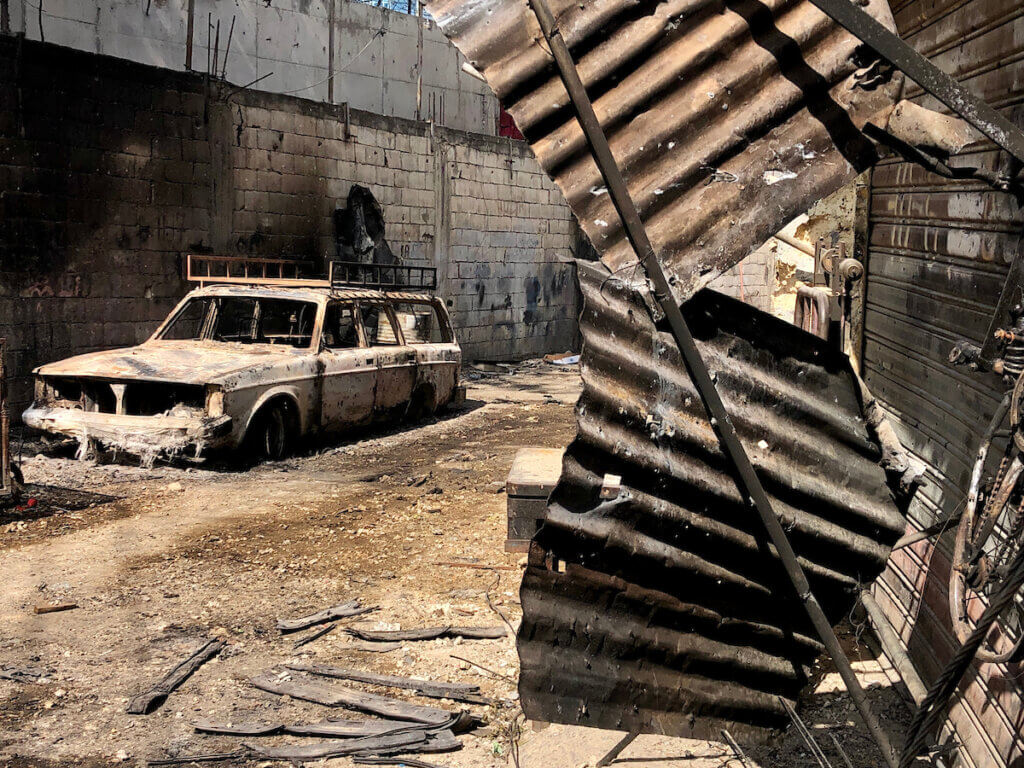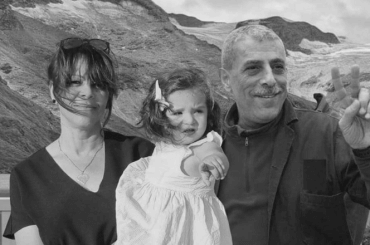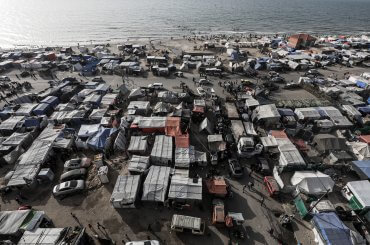Three days after violent clashes between Fatah and Islamic militant groups in Ein al-Helweh refugee camp in southern Lebanon, a cautious calm now pervades the Palestinian camp’s alleyways. Over the years, it has witnessed multiple rounds of bloodshed between militant groups, but this latest round stands out as one of the fiercest since 2017.
Located near the southern Lebanese city of Sidon, Ein al-Helweh is the largest Palestinian refugee camp in Lebanon in terms of population. Founded in 1948, the camp was originally comprised of refugees from northern Palestine. Today, with an official area of approximately one square kilometer, it is home to around 50,000 Palestinians, along with an unknown number of Syrian refugees who sought refuge in the camp following the Syrian crisis.
The current unrest was triggered by the assassination of Fatah commander Abu Ashraf al-Armoushi, alongside five of his bodyguards. While the identity of the perpetrator remains unknown, the Fatah movement has been engaging in retaliatory violent clashes against the Islamic militant groups within the camp. These groups have long been a formidable rival for the Fatah movement in Ein al-Helweh. The latest battle was fought with al-Shabab al-Muslim, a coalition of various Islamic militant groups that includes Jund al-Sham and Fatah al-Islam, which are both smaller and more radical factions.
As of the time of writing, the death toll has reached 11, with over 50 people injured from the fighting.
Dr. Majdi Krayem, Executive Director of al-Shifaa for Medical and Humanitarian Services, depicted a grim image of conditions amidst the tensions in Ein al-Helweh refugee camp.
“Our work is fraught with danger, exacerbated by militant fire. Amidst such volatile circumstances, transporting the injured often becomes an impossible task,” Krayem told Mondoweiss. However, Krayem pointed out that as a result of targeted attacks, al-Shifaa has taken the difficult decision of ceasing their services in the camp, specifically regarding the transportation of the injured. This comes in light of the targeting of members of al-Shifaa by one of the sides — he refrained from specifying who was responsible for these attacks.
Despite these perilous conditions, Krayem and his team continue their efforts, serving displaced people and offering them medical services. “We’re confronting a massive upheaval that has caused large-scale displacement of the local population,” he explained. “The affected individuals are currently seeking shelter in different schools and mosques around the city. We’ve initiated a mobile clinic to provide medical care for these displaced individuals.”
Krayem also said that the displacement resulting from the fighting was lamentable. “These people are trapped in an indefinite limbo, unsure of when they can return home. For many, there’s hardly a home left to return to due to severe damage. We’ve had to call for volunteers from various camps to assist in the evacuation of the injured.”

Speculation regarding the role of the PA
Ein al-Helweh camp is what some refer to as a “swing camp,” in the sense that, unlike other refugee camps where a single faction exercises complete control, Ein al-Helweh remains contested terrain, with no single faction enjoying full control over the area. As a result, Fatah has occasionally engaged in clashes with Islamist groups that attempt to extend their control over the camp. But Fatah’s efforts have been thwarted due to the significant power held by the Islamist groups.
Sameer al-Shareef, 49, is a leader in the Democratic Front for the Liberation of Palestine (DFLP), and a member of the Popular Committee in Ein al-Helweh. He criticized the violence as a betrayal of the Palestinian cause.
“The unfolding chaos in the camp is a shameful indictment of the current state of affairs for the Palestinian people,” he told Mondoweiss. “The living conditions in Lebanon are already deplorable, and they are even worse within the camps. The people can’t bear any more of this.”
Al-Shareef also decried the lack of resolution after three earlier ceasefire proposals fell through. “More than half of the camp’s population has been displaced and is now left to fend for themselves in the streets,” he said. “Significant areas of the camp have been devastated. In al-Tawari neighborhood alone, roughly 40 houses have been obliterated, rendering them uninhabitable.”
Al-Shareef expressed his apprehension regarding the strain such a crisis puts on Palestinian-Lebanese relations. “We find ourselves in an increasingly awkward position with the surrounding Lebanese community. This could potentially fan the flames of negative sentiment toward the Palestinian community.”
As for Lebanese society, the ongoing situation within the camp has sparked a myriad of reactions. Lebanese media outlets have suggested that the primary trigger behind this recent round of conflict was Majed Faraj, the head of the intelligence apparatus of the Palestinian Authority (PA), who visited Lebanon a week before the clashes erupted.
According to widespread commentary in the Lebanese media, these reports suggest that the Israeli government was discontented with the PA given its inability to stifle armed resistance in Palestine, particularly in Jenin refugee camp. Lebanese analysts speculate that Majed Faraj’s trip to Lebanon was to undermine the efforts of Palestinian resistance factions operating in Lebanon’s Palestinian refugee camps. This would mean that the clashes in Ein al-Helweh are not random outbreaks of violence but carry implications for several parties, including the Lebanese resistance factions, who have been accused of supporting West Bank militants and allowing them to operate on Lebanese soil.
In other words, the widespread narrative in the Lebanese media holds that Faraj traveled from Palestine to Lebanon to request Fatah members in the camp to initiate an armed clash with the Islamist groups — not to eradicate them, but to create a security disturbance in Lebanon at Israel’s request.
These sources contend that the disturbances in Ein al-Helweh indicate that Israel potentially might carry out future actions within the Lebanese state.


